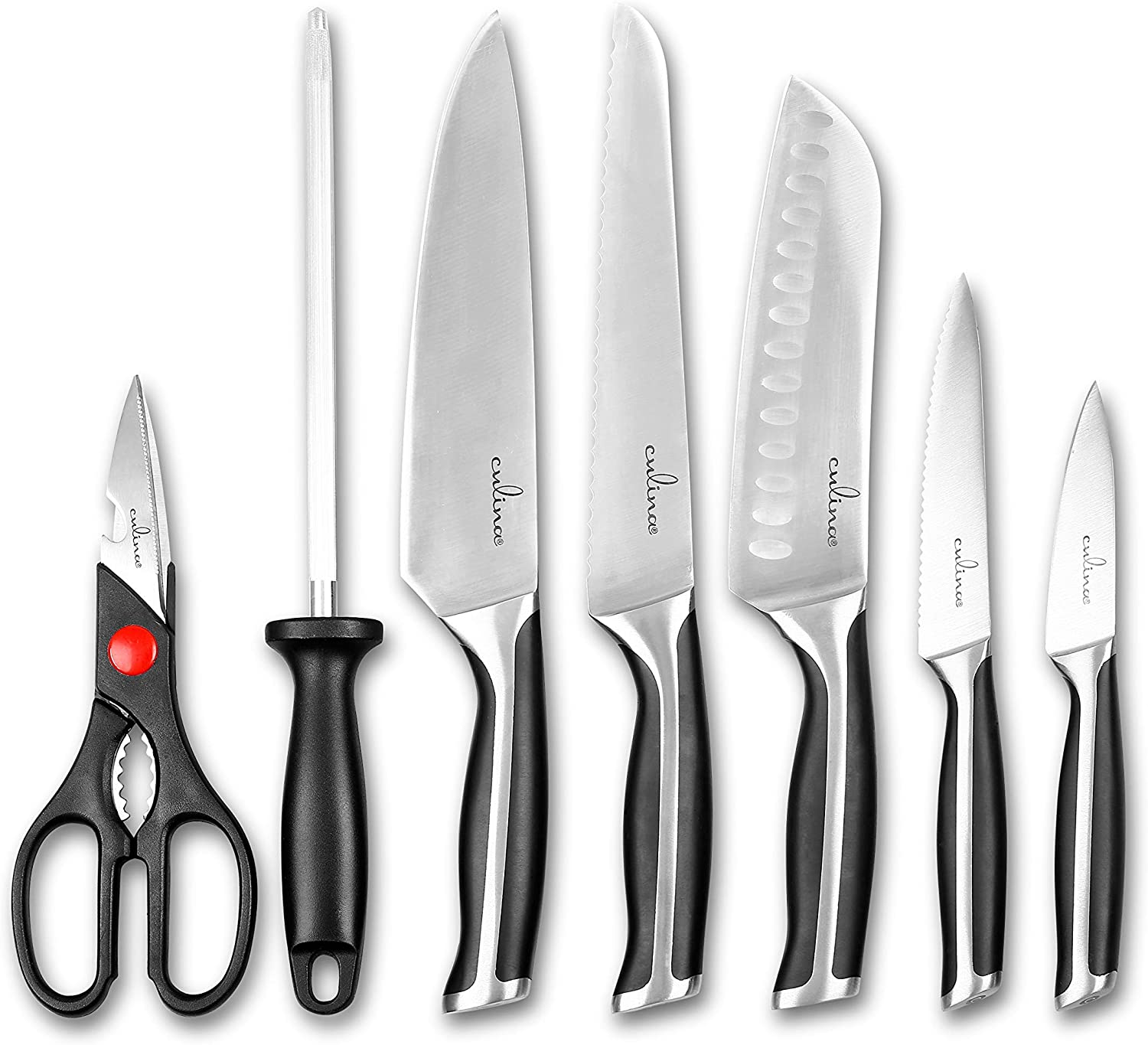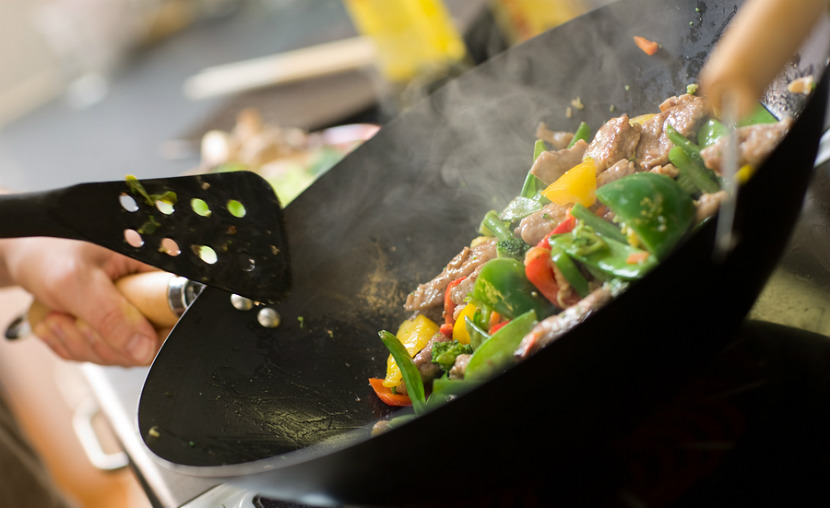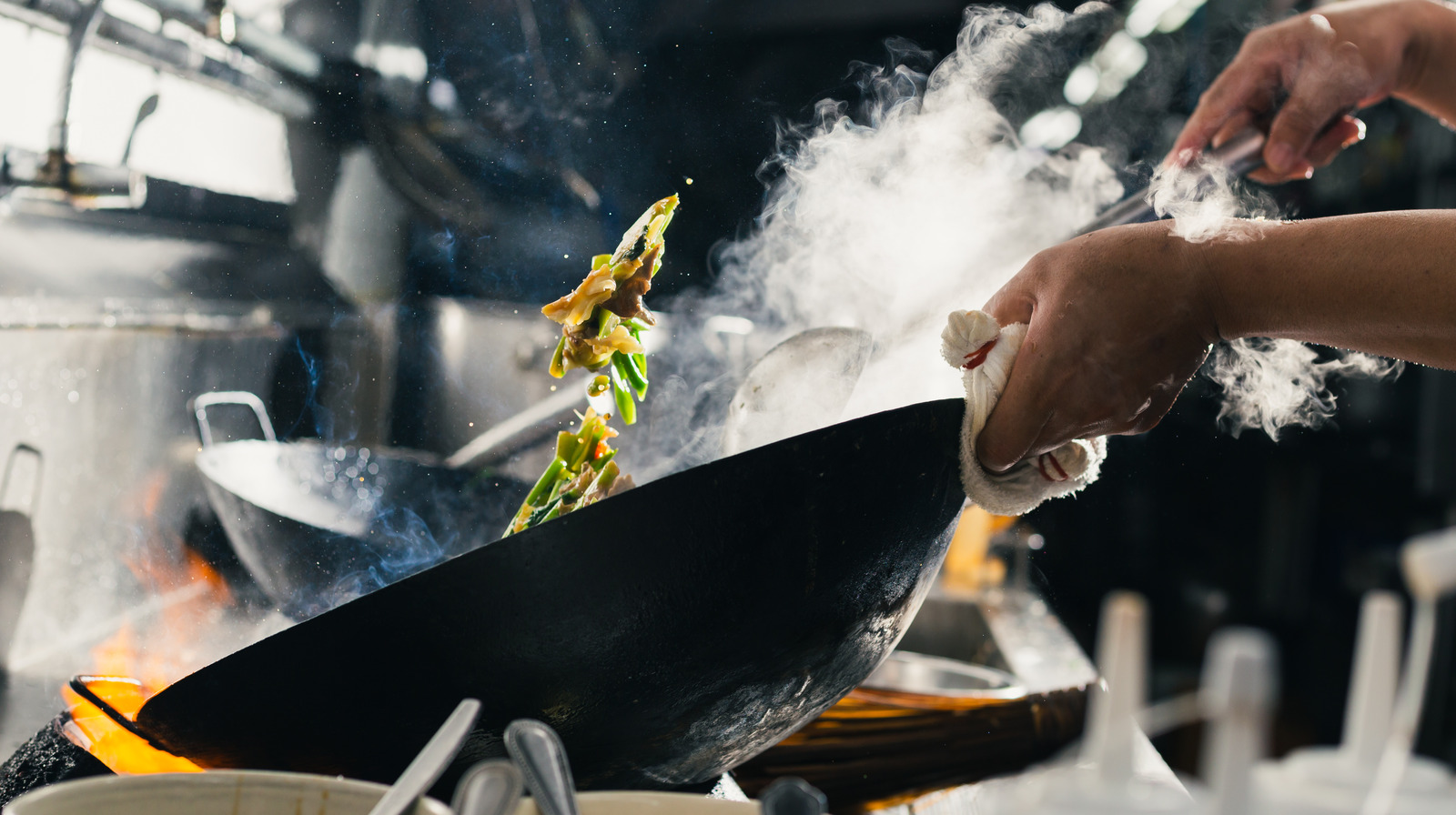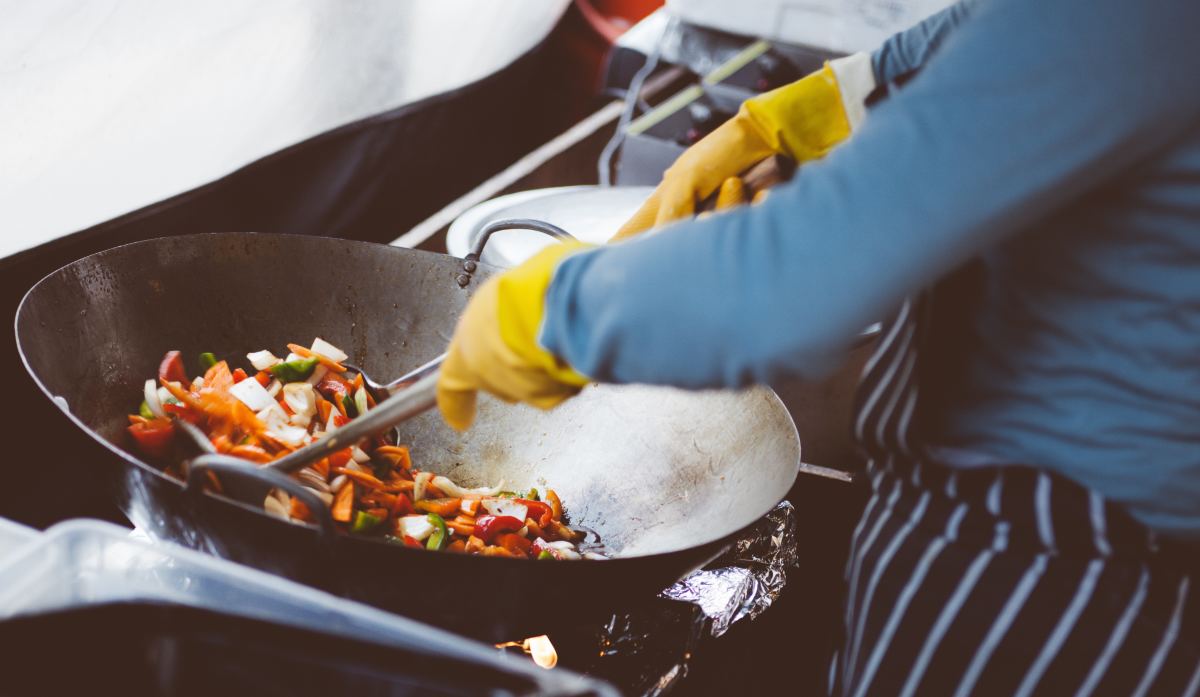In the culinary world, having the right tools is crucial. One such tool that has stood the test of time is the wok. Understanding how to reseason wok is a vital skill for kitchen professionals, as it not only enhances cooking performance but also prolongs the lifespan of this remarkable cooking vessel.
Reseasoning a wok can seem daunting, especially for those who rely on the unique flavors that a well-seasoned surface can impart to your dishes. This article will delve deep into the ins and outs of reseasoning your wok and provides unmissable tips to make the process as effective as possible.

Understanding Your Wok
Your wok is more than just a cooking pot; it's a legacy of flavor. Most woks are made from cast iron, carbon steel, or stainless steel. Each material requires a unique approach to seasoning and ensuring that they function at their best.
Carbon steel woks, in particular, develop a natural nonstick surface through seasoning, which involves creating layers of polymerized oils. Regular reseasoning is necessary, especially if your wok has been exposed to high heat or acidic foods.

When to Reseason a Wok?
Knowing the right time to reseason is crucial. Here are some signs that your wok may need a refresh:
- If the surface feels sticky or has food residues.
- It appears dull or has lost its shine.
- Rust has formed, which is a significant indicator that you need to reseason.
Your wok should not only be cleaned after use but also be checked thoroughly for these signs, especially if you're using it regularly!

Step-by-Step Guide on How to Reseason Wok
Follow these remarkable steps to bring your wok back to life:
Step 1: Clean Your Wok
Begin by scrubbing your wok with hot water, a sponge, and a couple of drops of dish soap. It's important to remove any food residues and rust. Rinse it thoroughly and dry it with a towel.
Pro Tip: If your wok is heavily stained or rusty, consider using an abrasive scrubber.
Step 2: Heat the Wok
Place your clean wok on the stove over medium-high heat. This step helps to open the pores of the metal, getting it ready to absorb the oil.
Step 3: Apply Oil
Once the wok is hot, pour a few tablespoons of oil around the entire cooking surface. Common choices include vegetable oil, peanut oil, or flaxseed oil. Use a paper towel or clean cloth to distribute the oil evenly, ensuring that every inch of the cooking surface is coated.
Step 4: Let It Smoke
Allow your wok to smoke for 10-15 minutes. This process will create a strong seasoning bond between the oil and the metal. Ensure that you have proper ventilation during this step!
Step 5: Cool Down and Wipe Off Excess Oil
After smoking, carefully turn off the heat and let your wok cool down naturally. Once cooled, use a clean paper towel to wipe off any excess oil.

Important Things to Keep in Mind
As you embark on your journey to reseason your wok, remember these important tips:
- Always allow the wok to cool naturally to avoid warping.
- Do not use soap on a very seasoned wok unless necessary.
- Store your wok in a cool, dry place after reseasoning.
Common Mistakes to Avoid
Avoid these common pitfalls:
- Using high-acid foods immediately after seasoning.
- Over-oiling or under-oiling the cooking surface.
- Failing to dry the wok properly during the cleaning process.
FAQs
1. How often should I reseason my wok?
Its advisable to reseason your wok every few months, or more often if you notice any issues with its seasoning.
2. Can I use soap to clean my wok?
Use soap sparingly. Its best to avoid soap on a well-seasoned wok, but if needed, make sure to reseason after washing.
3. What type of oil is best for reseasoning?
Vegetable oil, peanut oil, or flaxseed oil are all excellent choices due to their high smoke points.
Related Resources
For further reading on using your wok effectively, check out these helpful links:
As an Amazon Associate, I earn from qualifying purchases.





Leave a comment
This site is protected by hCaptcha and the hCaptcha Privacy Policy and Terms of Service apply.